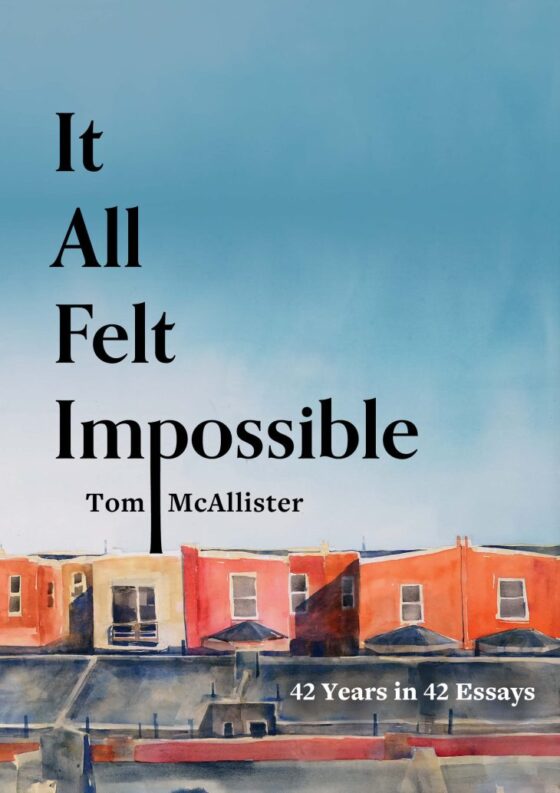
New Column Alert <3
Parallel Practice, a new monthly column at The Rumpus, is edited by our very own Anna Held, whom you may remember from our Mental Health Awareness Month last year.
In fiber arts, there are two common terms for the process of unraveling a project:
- The first is “to frog,” which means to pull (or “rip it”—get it?) on the working yarn, the strand that’s attached to the ball of yard, to undo full rows or entire projects.
- The second is “to tink,” where a knitter pulls out one stitch at a time, effectively knitting backward. (Knitters love wordplay.)
Tinking is for small mistakes a few rows back. It is careful and meticulous. Frogging is much more satisfying to do, even if the results are devastating: long pulls of yarn popping out of each stitch, undoing hours of work in seconds.
I wish I was a tinker, but I’m enough of an amateur that I still make essential process mistakes, like twisting stitches when my wrists get tired or miscounting rows so the armholes of my sweaters don’t line up. I have yet to make something for something who wasn’t my size or my husband’s size. I need a body to tell me if I am doing it right. When I fuck up, it’s usually fatal.
I recently started a more difficult project, a white pullover with lemons on it. It’s my first Fair Isle colorwork and first mohair sweater. It’s probably stupid to learn both at once. Colorwork requires attention to detail, and with mohair, mistakes are harder to see and to undo. The fiber sticks to itself, so even frogging is a delicate process. So far, I’ve started over twice, once due to a math problem and the other time because I made a trivial mistake at the neckline that I knew would bug me. Right now, I have one shoulder that I feel pretty good about, but you never know. The question isn’t whether or not I’ll make mistakes, but which ones I am okay with living with.
I’ve stashed my bumpy lemons in my scrap yarn bag. I’ll probably undo them for another project, but for now, they are my dead darlings, my “learning experiences.” I have an equivalent dumping ground for everything I work on: pitches that got rejected but I might revisit, pots of plants I killed with too much attention, and hundreds of thousands of words relegated to a Google Doc.
I used to be ashamed of this but I’m not anymore. The shame came from a perception of waste: wasted time, wasted material, wasted potential. I still get frustrated at how long it has taken me to do anything at all. But when I’m doing the work, I understand my junkyard of dead plants or abandoned words for what they are: the work it took to develop instincts and taste, to learn who I am as a writer. Buried among the “tks” and the “this but better” are the essays that taught me how to write essays, the novel that taught me how to write novels.
I lost my shame when I realized that my projects and what happened when they were finished would never be the thing that made me happy or kept me working. I’d never believed teachers who told me that selling a book wouldn’t solve all my problems. After a few years of fits and starts, I believe them now, though I’d still like the privilege of learning it for myself. What I do know is that a sweater isn’t going to fix anything, even a beautiful one I made myself. Also, as it turns out, the only way to learn how to make a sweater is to make a sweater.
We are looking for essays on parallel practices, the things we do that are not writing but that inform and illuminate how we create. We welcome essay submissions between 1,000-4000 words in length. Essays must be previously unpublished. This includes personal blogs and social media. This is a monthly column, so submissions will be read on a rolling basis. You can submit directly via Submittable.




